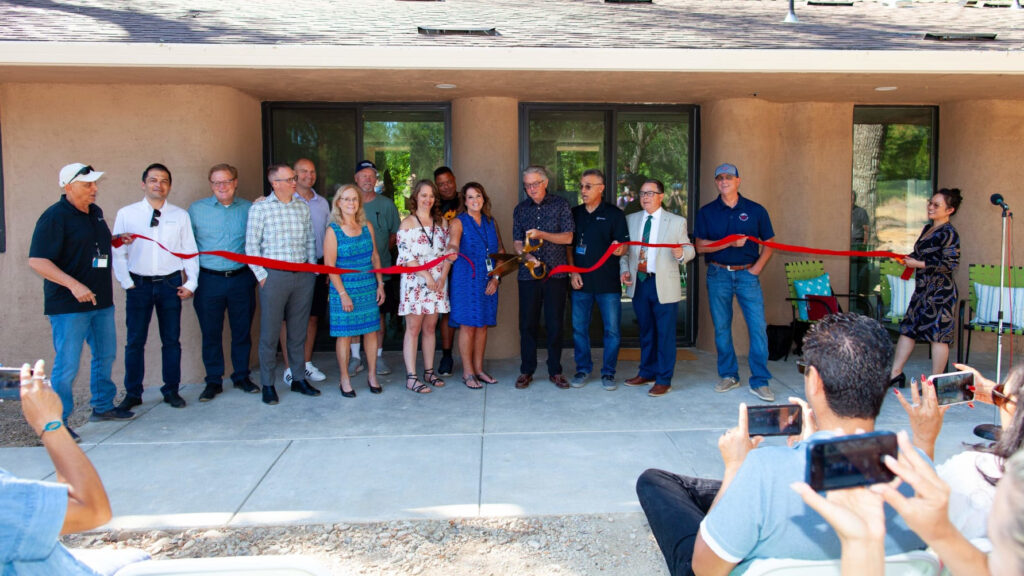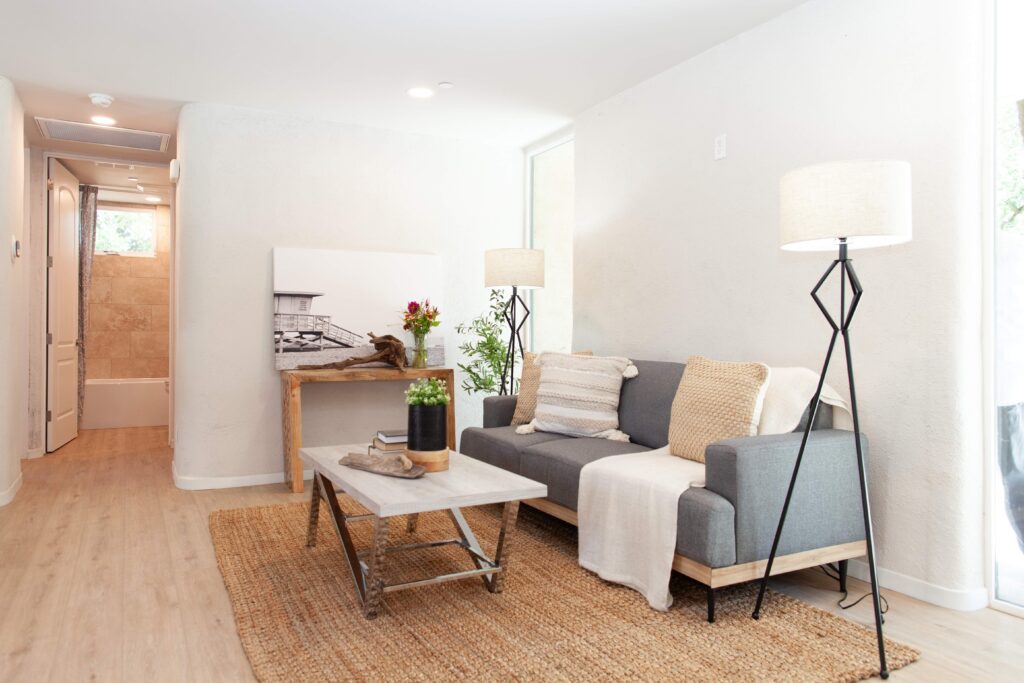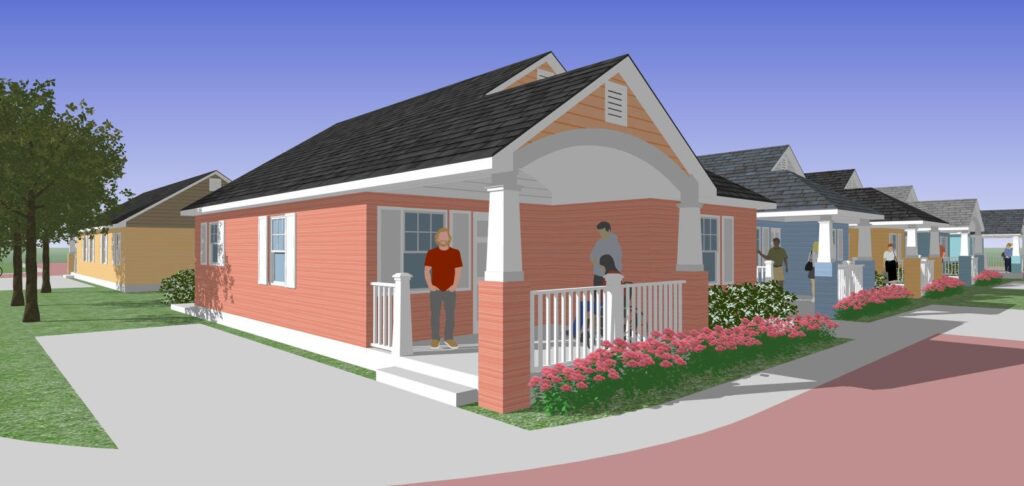About three years ago, my family and I decided to abandon Ashland, Oregon, a town we called home and where my wife gave birth to two sons. We had grown tired of keeping an emergency kit by the door in case we needed to flee in the middle of the night. We were weary from the fear that this would be the summer that raging wildfires would take our house from us. When the Alameda fire came and wiped out the two towns next to us, Talent and Phoenix, we knew that it was finally time to leave for the Midwest.
Others weren’t so lucky, as detailed in numerous news reports from the time. Some 2,600 houses were destroyed. Driving through those neighborhoods, we saw that there was nothing left standing—only the charred remains of the charming country towns we’d grown to love.
The pattern isn’t going to change. Wildfires are going to increase in scale annually until the time comes that humanity is able to reverse the effects of global warming. More immediately, hundreds of families are still displaced from their homes, staying in FEMA trailers and hotels.
To help the residents of these areas quickly rebuild, The Thalden Foundation, a small, Ashland-based non-profit, is in the process of establishing a 3D printed community of 87 one, two, and three-bedroom houses in nearby Medford. Planning and permitting took over a year and a half, but construction has finally begun. Kathryn Thalden informed 3DPrint.com that the roads are now being built, with 3D printing to commence after that. Construction is expected to be complete by the end of 2023.
Success in California
Thalden noted that the contractor to execute the building is Emergent, an additive construction (AC) startup based in Redding, California. Relying on concrete 3D printers from COBOD, the industry’s leading manufacturer of AC equipment, Emergent has achieved a key milestone in both the larger AC industry and the efforts to supply homes to wildfire victims. On July 20, 2023, Emergent completed the first concrete 3D printed home in California, the state with the strictest housing standards in the U.S.

Ribbon cutting at inauguration of California’s first 3D printed house – an answer to the many wildfires hunting the area. Representatives from Emergent, AccessHome, the City of Redding, Don Ajamian Construction, and more. Image courtesy of COBOD.
The 1,200 sq-ft (110 m2) building is meant to reflect Emergent’s philosophy of creating houses that are more durable and disaster-resilient, while also blending with the surrounding environment. The Wildfire Restoration House, as it’s called, was the result of a collaboration between Emergent, AccessHome, the City of Redding, and Don Ajamian Construction, with design by architect Benjamin Albertson.
“These homes were once part of the Wildland Urban Interface, deeply connected to the forests surrounding them,” explained Albertson. “Using COBOD’s innovative 3D printers, we’ve created a home build in concrete that is not only more resilient to the wild-fires, but also maintains a beautiful connection to the natural landscapes. COBOD’s 3D printing capabilities allowed for the creation of undulating, organic wall shapes. Paired with floor-to-ceiling windows, the design offers a stunning visual connection, akin to looking through the trees of a forest”.
Low-Cost Housing
As Emergent has demonstrated success in California, it won’t be hard to port the know-how over to nearby Medford, Oregon just a couple of hours north of Redding. Dubbed New Spirit Village, the Oregon community is being developed in conjunction with United Way of Jackson County, Rogue Retreat, and other local non-profits. A land trust called Proud Ground, located in Portland, is helping to keep the cost of housing as low as $140,000 to $230,000. This compares to the average Medford house price of $463,000. With the help of charitable donations, the Thaldens are hoping to keep monthly down payments below $1,200 per month, with no money down.
We’ve expressed some skepticism regarding the possibility that AC could be the solution to the world’s housing crisis, as existing and unused real estate could also be used to address the issue. However, projects around the world are starting to act as proof that AC can be performed more cost effectively than traditional construction processes through reduced overall labor and increased speed.
Moreover, AC has quickly shown that it may be ideal for emergency construction. Projects like those being pursued by Emergent may be deployed long after the disaster, due to the novelty of the technology and the need to meet the necessary housing standards. However, now that Emergent has met the stringent requirements of California, future structures could be made much more quickly as the startup expands.
The applications go well beyond housing to include infrastructure, which may be one of the reasons Holcim’s 14Trees is targeting the continent of Africa. A number of companies and researchers in the AC space have used the technology to produce such diverse elements as retaining walls, bridges, railway slabs, stairs, and more. COBOD investor, GE Renewable Energy, has used the technology to 3D print wind turbine bases, as well.
As global warming exacerbates weather events, AC will play a critical role in both establishing climate resilience in areas that will be affected by them, and in emergency scenarios after they hit. It’s no surprise, then, that the U.S. Army is already researching such applications and that the Department of Transportation has opened up $85 million in funding for digital construction projects.
With all of that in mind, the efforts of the Thaldens will hopefully be replicated in many ways not just in wildfire-affected areas, but all around the world.
Feature image courtesy of COBOD.
Subscribe to Our Email Newsletter
Stay up-to-date on all the latest news from the 3D printing industry and receive information and offers from third party vendors.
You May Also Like
Gorilla Sports GE’s First 3D Printed Titanium Cast
How do you help a gorilla with a broken arm? Sounds like the start of a bad joke a zookeeper might tell, but it’s an actual dilemma recently faced by...
Nylon 3D Printed Parts Made More Functional with Coatings & Colors
Parts 3D printed from polyamide (PA, Nylon) 12 using powder bed fusion (PBF) are a mainstay in the additive manufacturing (AM) industry. While post-finishing processes have improved the porosity of...
$25M to Back Sintavia’s Largest Expansion of Metal 3D Printing Capacity Since 2019
Sintavia, the digital manufacturing company specializing in mission-critical parts for strategic sectors, announced a $25 million investment to increase its production capacity, the largest expansion to its operations since 2019....
Velo3D Initiates Public Offering in a Bid to Strengthen Financial Foundations and Drive Future Growth
Velo3D (NYSE: VLD) has been among a number of publicly traded 3D printing firms that have attempted to weather the current macroeconomic climate. After posting a challenging financial report for 2023,...


































